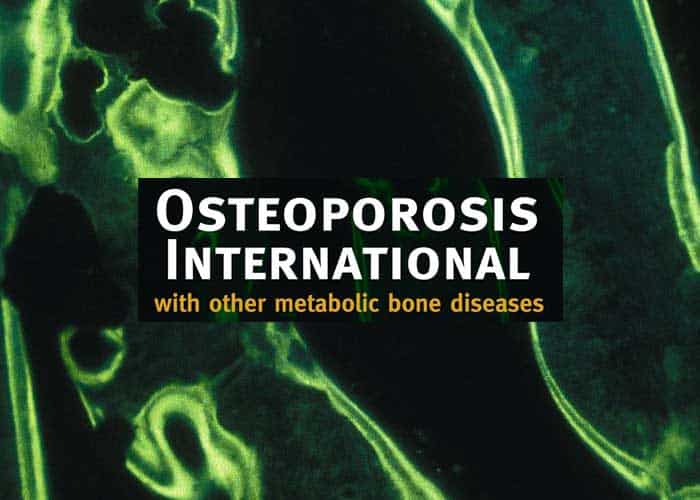
Uptake of physical activity guidelines would improve health and reduce mortality in older adults. Although research and guidelines reinforce the need for strength and balance training, regular participation in both these activities among older adults is as low as 5%, and inactivity remains highly prevalent. Barriers to physical activity in older adults have been identified, such as how to adapt exercise in the presence of chronic disease. Accordingly, disease-specific physical activity guidelines have emerged. An example is the Too Fit to Fracture exercise and physical activity recommendations to promote consistent, evidence-based messages pertaining to exercise and physical activity for individuals with osteoporosis; these recommendations highlight the importance of muscle strengthening, balance training, attention to posture and spine sparing, and aerobic physical activity (Table 1). Although guidelines are one mechanism to raise awareness of research evidence, they may not reach all knowledge users, or address barriers to knowledge use.
When it comes to implementation of physical activity guidelines, primary care providers and specialists not only need to be aware of guidelines, but also how to interpret and tailor them for patients, and address questions about physical activity, either directly or via referral. Previous studies have reported physician’s perceived barriers to implementing physical activity or clinical guidelines in both healthy and those with chronic co-morbidities as lack of familiarity with recommendations, inadequate knowledge of physical activity counseling and prescription, lack of time during consultations and disagreement with recommendations . However, previous work has been limited to a description of barriers, without further advancement of theory-based intervention design. Further, having multiple disease-specific physical activity guidelines may be overwhelming, and prior work does not help us understand or address physicians’ barriers to integrating them in individual patients. For example, population based guidelines emphasize aerobic physical activity and muscle strengthening, but individual patients may need tailoring to conditions such as knee osteoarthritis (e.g., knee extensor strengthening), osteoporosis (e.g., posture exercises, spine sparing, weight bearing) or fall prevention (e.g., balance exercises). Finally, previous reports are often focused on primary care physicians, not specialists or nurse practitioners (NPs).
Knowledge translation (KT) is the process of “…raising knowledge users’ awareness of research findings and facilitating the use of those findings. In accordance with the Knowledge-to-Action cycle, to foster uptake of research, one needs to adapt the knowledge to the context in which it is to be applied, understand the barriers and facilitators to behavior change, and use that information to select and tailor interventions. The behavior change wheel (BCW) approach can be used to understand behaviors, and the context in which they occur, prioritize target behaviors and develop interventions. The BCW theoretical model that posits that capability, opportunity and motivation govern behavior (COM-B). COM-B can be used to inform a behavioral analysis of what needs to change, and guide the selection of intervention functions and policy categories. The aims of the current study were to identify physicians’ and NPs’ perceptions of the barriers to and facilitators of implementation of exercise and physical activity recommendations using Too Fit To Fracture as the example; and to perform a behavioral analysis and identify intervention options using the COM-B model. Our broader goal was to understand physicians’ and NPs’ behaviors when it comes to advising on physical activity, and how to translate exercise and physical activity evidence to practice in general, using the Too Fit To Fracture recommendations as a test case.
